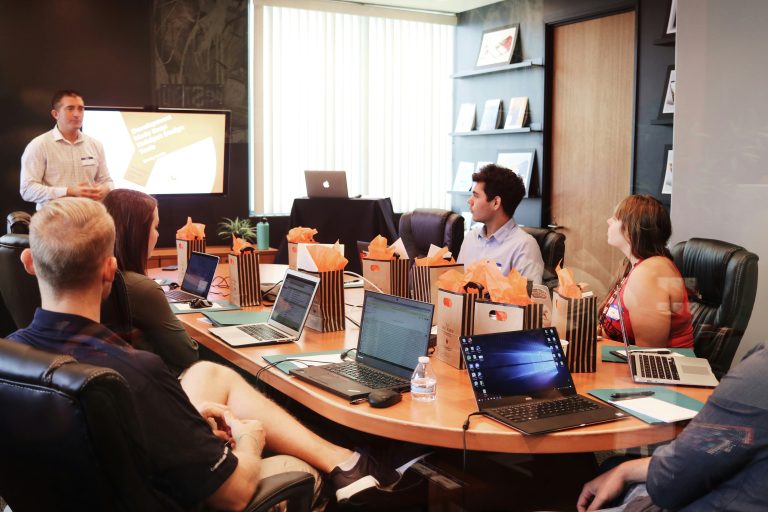64% of the retail workforce is looking to stay for at least four more years. This finding, based on a survey of over 1,400 frontline workers across the US, UK, Canada, and France which explored the biggest challenges frontline employees are facing and what they want most from their employers to feel motivated and supported in 2022, runs counter to so much of what we are reading these days; that everyone wants to quit.
The survey supports a different and much more positive view. It reveals that frontline workers enjoy their jobs and want to work for their employers. Of those we surveyed, 59% of frontline workers say that they feel proud of their jobs, 68% feel close to their co-workers and 65% enjoy using a variety of their skills and talents whilst working.
Retail receives a lot of undue criticism for low wages, poor conditions and low retention, if retailers choose to run it that way but everything changes once retailers understand that a new generation of worker is now in the industry and want to give good service as long as they are better trained, better equipped and better rewarded.
Key to determining the right strategy for the future workforce is a much deeper and clearer understanding of what workers want, and indeed what they don’t want.
The trick is first to review many of the assumptions that companies have made about their staff for the longest time.
Retail employees want to get paid more, of course that will always be true, but there are a number of other factors that have almost the same weight in their decisions to work in retail and stay in role. In our survey, 85% said the pay was very and extremely important, and 83% said working for an organisation that they could trust was important as was feeling valued and supported by management. Of significant weight also was feeling connected and being heard by co-workers and managers (77%), recognition for work done (74%) and benefits (73%).
These findings will help retailers build a more effective strategy for recruiting, training, motivating and retaining staff.
In addition, it must consider what is happening in retail right now, factors that are likely to be the case for some years to come. Again, the survey reveals what is going on. Various pressures that built up during the pandemic had actually got worse since it passed; the topline ones were, 50% of workers felt staffing had gotten worse. They said that the demands of the job had got tougher for 43%, while interactions with customers had got worse for 30%. 26% added that training had got worse.
These findings then point to the impact of these pressures on staff because understanding how frontline employees feel is critical to fixing the problem. In the survey, 72% said that they felt worn out at the end of their shift, while 44% felt that their organisations were not investing in their development. Only 16% felt that their organisation highly valued their role. 38% feel connected to their organisations management and head office. And 45% think that management cares about their mental health.
From all these findings comes the raw material for building a blueprint for the future workforce, the one that wants to work, to serve and to stay long term in retail.
Technology can ease and in fact take advantage of many of the pressure points that are now more common in retail. Staff can be supported in their roles with digital tools that help manage the workload. Half of workers want these tools, specifically for task management that make processes clear and intuitive, enabling employees to work autonomously and be confident that they have completed everything to the expected standard.
Now connected into the organisation, staff are able to make a significant contribution to the business directly from the shop floor because the traditional layers of communication to the centre are removed. And what works for staff works at the same time for head office; these tools give HQ clear insight into what has been completed, so there’s no need to waste time individually contacting different locations to follow up on task completion.
There are three steps in working out how to build these task management tools. First asking your employees which tasks or processes they feel they spend too much time on – where do they feel things could be simplified or automated. Then, the right tasks can be built in so people only receiving the instructions which are relevant to them, and with clear deadlines. Thirdly, once tasks have been identified, the multiple spreadsheets, paper checklists and WhatsApp groups can be consolidated into a single tool.
Armed with these digital tools, staff can confront but also welcome the realities of retail today where there are often fewer staff in some locations, an ever-expanding number of roles, and customers stressed by the rising cost of living.









